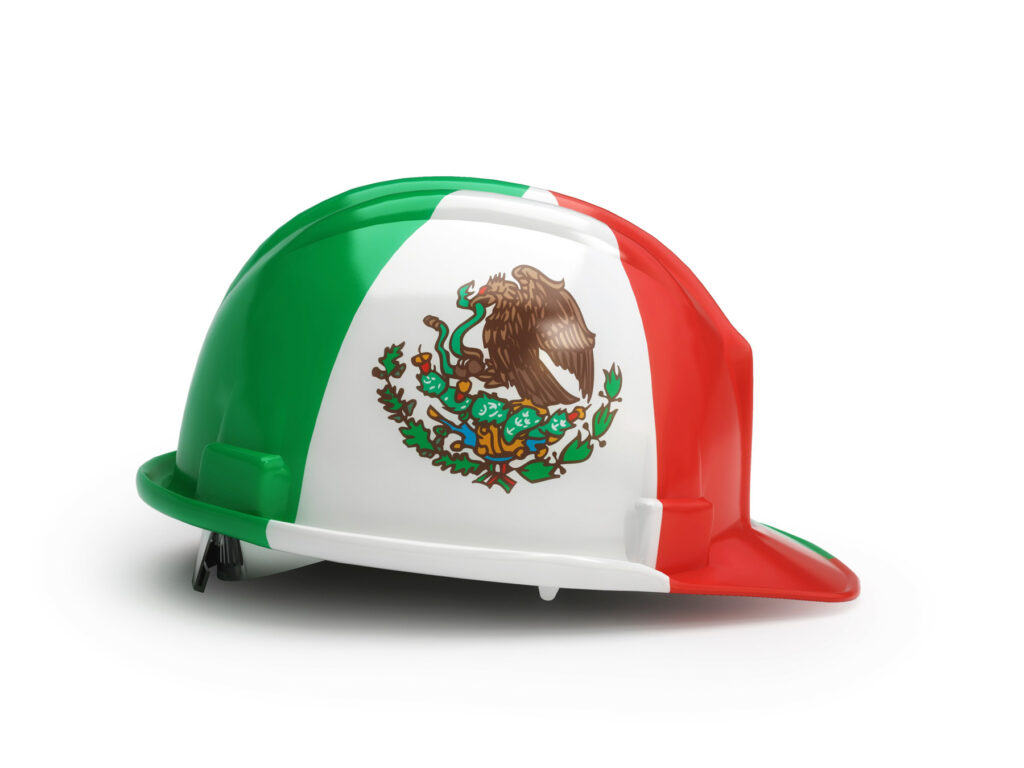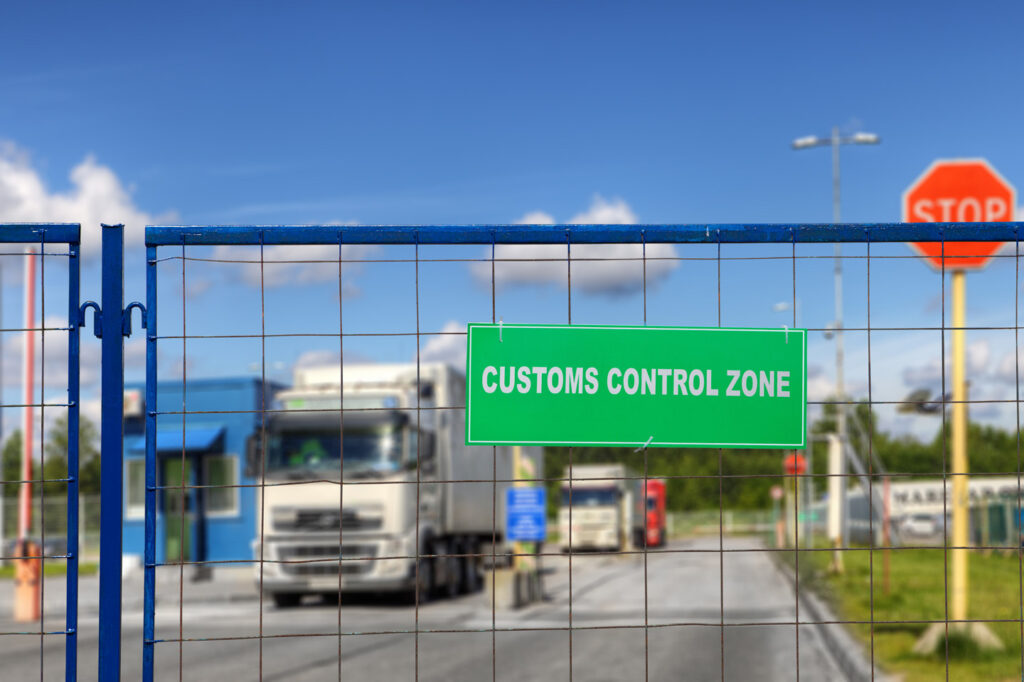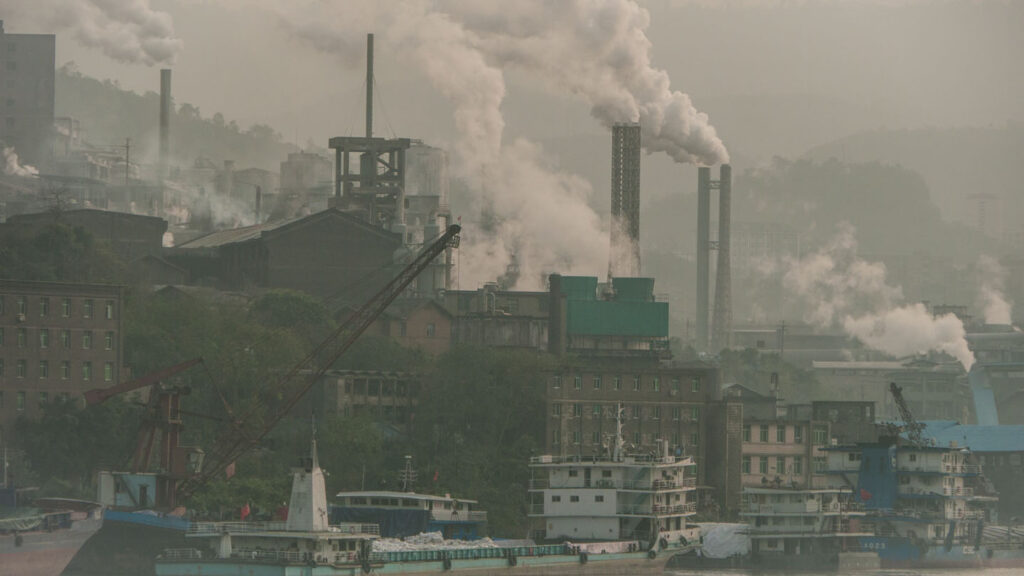Before making any large business move, it’s important to understand the pros and cons and exactly how the process might work. In this article, we will discuss Mexico’s IMMEX program, associated benefits and challenges for US manufacturers, and how to actually open a maquiladora operation in Mexico.
What Is IMMEX?
IMMEX is the Spanish acronym for the Manufacturing, Maquila and Export Services Industries Program – the program that allows foreign companies to own maquiladora operations (sometimes referred to as maquilas). Created by the Mexican government, this program facilitates foreign trade by allowing foreign manufacturers to operate in Mexico under special duty considerations.
Typically, manufacturers can import materials and equipment into Mexico duty free if the imports are for the purpose of manufacturing for export and are on a temporary basis. The finished goods are then exported outside the country duty free. Often, products cross the border multiple times in an interconnected value chain spanning the US and Mexico.
Why Open a Maquiladora
There are several key benefits for US manufacturers to consider opening a maquiladora in Mexico. Some of these include:
- Outsource operations in Mexico are close and accessible.
- Mexican labor is some of the most productive and affordable in the world.
- The maquiladora system allows US companies to partner with, rather than compete against, Mexican industry.
- Manufacturing in Mexico helps US businesses by creating demand for US materials.
- Mexico offers flexibility for location, kinds of products, etc.
There are numerous cost savings associated with the decision to open a maquiladora in Mexico, including:
- Reduced shipment costs
- Quick and easy startup
- Lower labor costs
- Tax savings
In view of the substantially low cost of operating in Mexico, it is tempting to assume the worst of Mexican infrastructure and capability. However, nothing could be further from the truth. Mexico boasts world-class ports, an extensive rail system, a highly dependable energy grid, and state-of-the-art telecommunications.
And the country is investing even more into infrastructure to facilitate swift economic recovery after the recent global crisis. Currently public sector commitment is around $25 billion USD, while the private sector is pledging around $100 billion USD.
To Open a Maquiladora
When you make the decision to bank on the Mexico advantage, there are many documents you must file and procedures to complete. You are opening a factory in a foreign country, so the process can be quite challenging. To clear up some of the confusion, below is a checklist of what is needed in addition to your IMMEX application to register and open a maquiladora in Mexico.
- Advanced electronic signature certificate (SAT)
- Federal taxpayer registration
- Active tax domicile in the federal taxpayer registry
- Certified copy of your articles of incorporations along with any modifications
- Copy of a document certifying possession of the property on which your maquiladora will operate (leases must show a minimum of one year) with photographs
- Contract of maquila, showing the orders of purchase your operation will fulfill
- Copy of your Power of Attorney or Unique Registry of Accredited Persons (RUPA)
- Document detailing which IMMEX guidelines the maquila processes fall under
- Document detailing production processes and plant capacity
- Letter of conformity from the company or companies manufacturing or sub-manufacturing, declaring the specific liability on temporarily imported goods
There are additional requirements for some industries (like textiles) and alternate modalities. But these are universally required to open a maquiladora manufacturing plant for the standard holding company modality.
With a Shelter Service
The shelter modality is the most convenient way to open a maquiladora. Essentially, you enter into a partnership with the shelter company. They become the owner of record registered in Mexico and handle all of the above paperwork. Additionally, they handle the various other administrative aspects, including, but not limited to:
- Import/export
- Freight & logistics
- HR/hiring/payroll
- Recruiting
- Labor relations
- Mexico accounting
- Vendor/supplier relations
- Environment, health and safety
- Mexico compliance
- Site selection
The process involves your company sharing product specifications and standards, and then allowing the shelter service to set up the maquiladora as your Mexican representative. This option allows US firms to focus on quality and production rather than international business hurdles and red tape.










